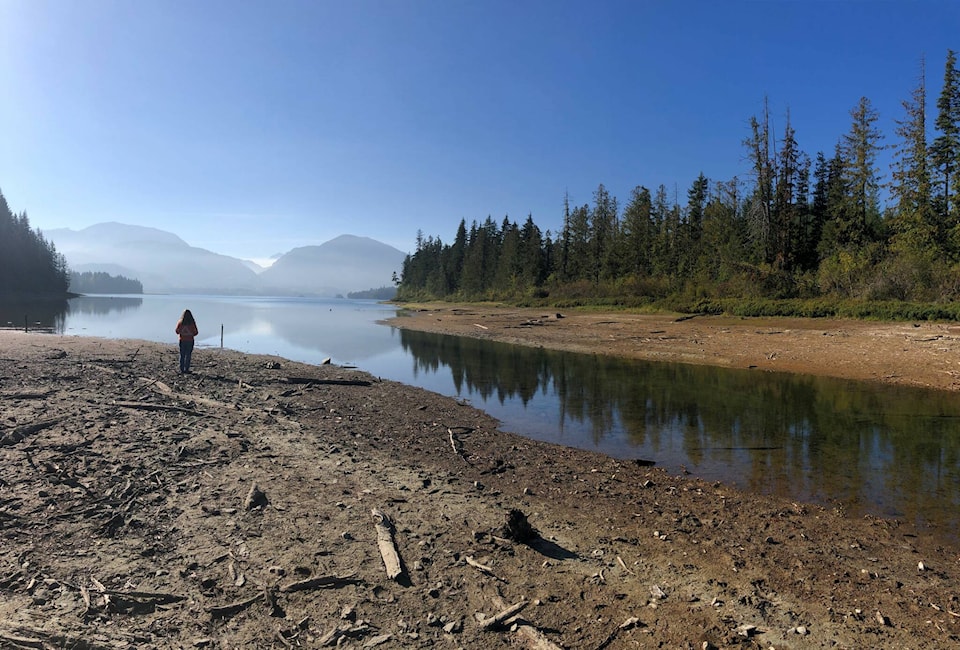Over the past year, there hasn’t been one month where the rainfall has been “average” in the Campbell River area.
BC Hydro’s Steven Watson said that “It’s remarkable. The last 12 months in the Campbell River system, we have not had one month that was within 90 to 110 per cent of normal participation. By that I mean we have not had one month that was an average month for precipitation.
“We had three or four months of very wet weather last fall, then it was three months of very dry weather, then three or four of very wet weather in the spring and early summer, and now we’re in the cycle of three months of extremely dry,” he said. “On average, we’re probably at about 110 per cent of normal for water, but there are four different stories over that time period.”
RELATED: Drought prompts request for Metro Vancouver residents to take shorter showers
Right now, BC Hydro and the Campbell River and Quinsam River systems are facing an unprecedented dry spell. This is the first year on record that BC Hydro hasn’t seen significant rain by the third week of October. The dry spell is likely to continue into November, putting the river system into uncharted territory.
“It’s potentially a scenario that we’ve never seen before, going this far into the fall,” Watson said.
For the Campbell River system, BC Hydro has reduced the flows going into the river so they can maintain the reservoir levels. Watson said the Upper Campbell Lake reservoir is dropping by about 10 cm per day, which he says is not sustainable. He is hoping that they are able to hold the system at a reduced flow rate of 65 cubic metres per second (down from the usual 80 cubic metres per second) until the winter rains come.
The Quinsam River system is “more concerning,” he said.
“The Upper Quinsam and Wokas Lake are getting very close to separating. If it continues like that it’ll happen close to Oct. 23. Our availability of water to pass downstream gets constricted,” he said.
This prompted BC Hydro to reduce flows through the Quinsam system to below the minimum fish habitat flow.
“We’re looking at some options and we’ll probably have more information next week on what that will look like,” he said.
Despite the drought conditions, there is not much that a residents can do, Watson said. Domestic water supply does not make up much of the Campbell River system, and the domestic supply is sourced downstream of the John Hart dam and does not affect water levels in the reservoirs.
At this time, BC Hydro is not concerned about the low lake levels affecting power supply through the winter, since other hydroelectric systems in the province are not experiencing the same level of drought.
The unprecedented late season drought is concerning to BC Hydro, but they will be using this year’s data to ensure they are as ready as possible for future strange weather patterns.
“Certainly climate change is happening,” Watson said. “Every year we go through these scenarios. We have 53-odd years of data and certain scenarios that play out we learn from them and modify. This year, we’ve tried to operate as things change, and we’ll continue to do that.”
RELATED: BC Hydro increases water flow down elk Falls Canyon to assist spawning salmon
marc.kitteringham@campbellrivermirror.com
Like us on Facebook and follow us on Twitter
